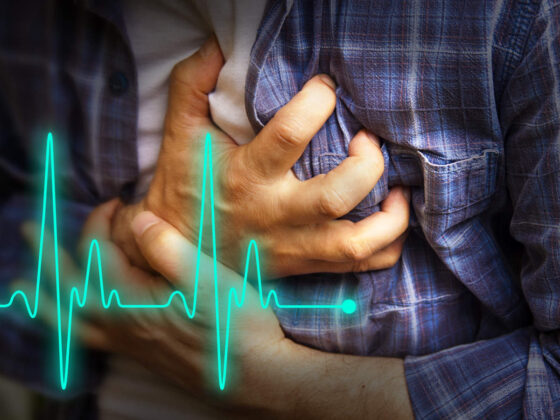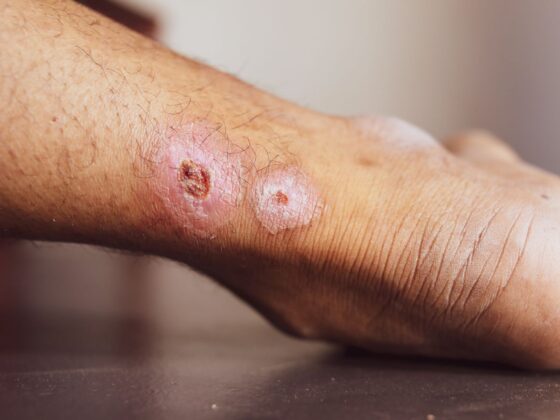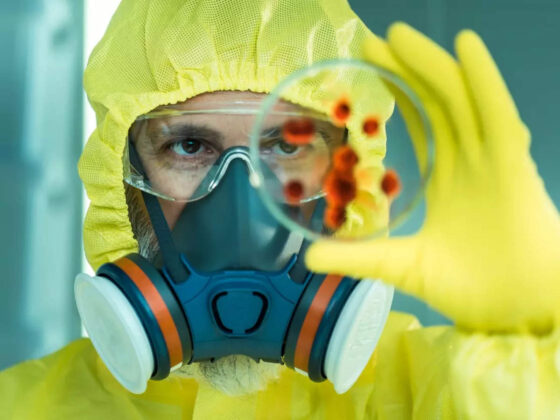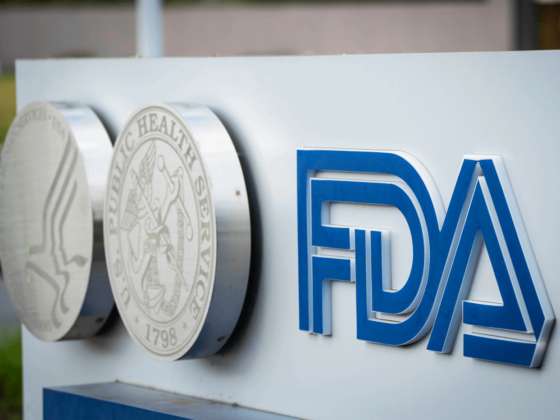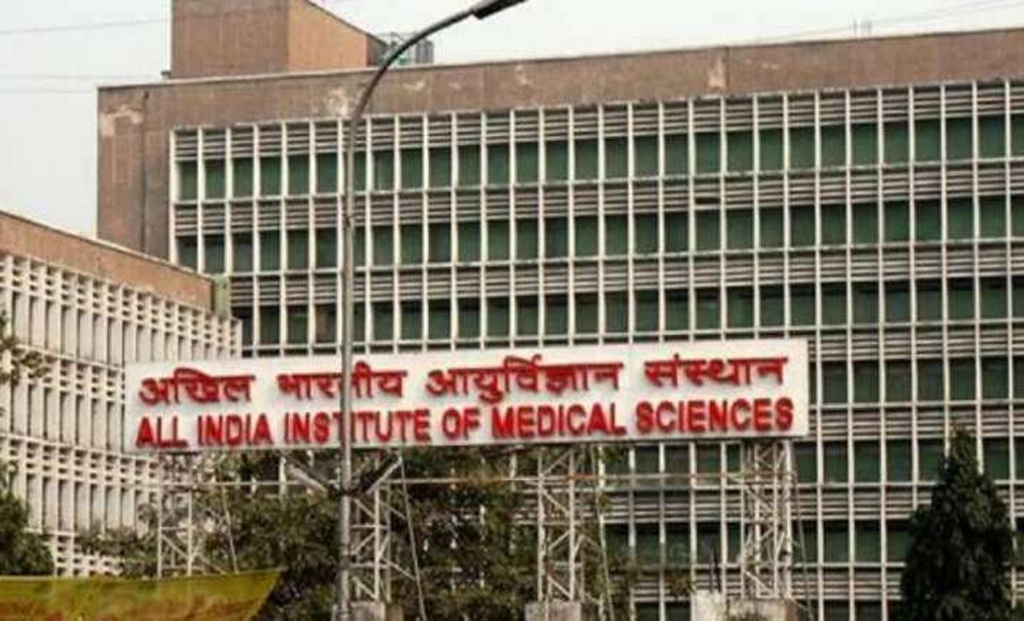Dr Ramit Singh Sambyal, HOD -Emergency, Metro hospital Noida
Road Traffic Accidents are one of the biggest challenges in our country. The timely emergency pre-hospital care and subsequent transportation of accident victims to the health facility play an important role in reducing fatality outcomes.
RTA’s are associated with an estimated 1.25million deaths globally each year with about 50 millions other injured.
According to the Ministry of Road Transport and Highways India recorded 4,74,638 deaths in 2018 compared to 4,67,171 deaths in 2019. The maximum fatality was reported in states of Madhya Pradesh(~49k), UP( 40K) and Rajasthan( 22k). The maximum decrease in fatality was observed in Tamil Nadu from 66000 deaths in 2018 to 59000 deaths in 2019.
According to the WHO Global burden of disease project, 2002 Road traffic injuries are the 10th leading cause of death for all age groups globally.
Major cause of death of Road Accidents in 2019:
- Over speeding (55.7%)
- Dangerous/careless driving/ overtaking (27.5%)
TYPES OF RTA
Traffic accidents occur when a vehicle collides with another vehicle. They are caused by road obstruction, pedestrian, crossing animals. Common types of accidents are:
- Rear-End Collision – This occurs when one car hits the rear of the car in front of it. It usually happens when the vehicle ahead suddenly decelerates or the vehicle behind suddenly accelerates. The injuries to the passengers of the impacted vehicle are usually greater than those of the passengers of the impacting vehicle.
- Side-Swipe Collision – They are collision involving the adjacent sides of two vehicles. They usually result only to cosmetic damage.
- Side-Impact Collision – This occurs when the side of a vehicle is hit by the front or rear of another vehicle. They result in more severe injuries and vehicle damage.
- Roll Over- This usually occurs when the vehicle makes a high speed turn and it flips over its side or roof. Tall vehicles like SUV’s are more susceptible to rollover due to higher center of gravity.
- Head –On Collision- They are considered very fatal especially when these collisions involve two vehicles travelling at very high speeds.
- Single car accident- example Driver losing vehicle control due to drowsiness and falling asleep, brake malfunction etc.
- Multiple vehicle Pile up- it involves many vehicles and usually happens in freeways/highways. Damage to many vehicles and lives makes this kind of accident one of the deadliest traffic accident since some vehicles are not only hit once but multiple times and from different directions
PREHOSPITAL CARE OF ROAD TRAUMA PATIENTS
- If there is an accident with many people injured and possible fatalities, the principles outlined in major disaster plans are appropriate
- On the scene of accident, make sure that the site is safe. Personal safety is paramount otherwise you may add to the problem rather than contributing to the solution.
- Triage the patient at the scene of accident if large number of people are injured.
- Patient potential injuries can be estimated by assessing and reading the vehicle’s wreckage.
- Steering wheel damage- Chest injury
- Dashboard Intrusion- Patella/Femur fracture +/- Posterior dislocation of Hip
- Reassure the patient if conscious. Come over as competent as they will be very anxious.
- Ask where it hurts to get idea of injuries.
- Fractures and abdominal trauma may produce considerable concealed haemorrhage. Check for signs of hypovolemic shock. Unless injuries are minor get venous access sooner than later before peripheral circulation collapses.
- Time is crucial for critical patients. Some will die unless rapidly removed from the vehicle at whatever cost. Entrapped patients should be removed in less than half an hour.
PASSING TRAFFIC
- One of the major risk is the incoming traffic. Leave on the hazard lights and a green beacon if you have one.
- Park the car safely so that it does not cause obstruction to the emergency services.
FIRE
- Immediately switch off the ignition of your and any other vehicle.
- Fewer than 5% of RTA’s result in fire and less than 1 in 500 result in significant burns.
- Ensure nobody at the scene of accident is smoking or produces a naked flame.
ELECTRICITY
- If electricity cables are switched off, the power can be restored after 20 mins. Communicate the telephone company to turn off the power supply.
- High tension cables can be lethal even when standing several metres away.
DEATH FROM SEVERE INJURY OCCUR IN ONE OF 3 PHASES:
- IMMEDIATELY – or quickly as a result of overwhelming injury.
- Occur during the INTERMEDIATE/SUBACUTE phase- These deaths occur within several hours of the event and are frequently the result of treatable conditions.
- DELAYED- Deaths during this phase often occur days/weeks after the initial injury and are the result of infection/ multisystem failure or other late complications of trauma.
STRATEGIES FOR PRE-HOSPITAL CARE IN COMMUNITY
- Engaging motivated citizens in the care of their neighbours.
- Providing these citizens with the knowledge and skills they need to provide first aid to people with severe injuries.
- Creating community capacity to render assistance to injured victims at the scene.
- Enhancing community’s and country’s capacity to handle mass casualty like earthquakes, collapse of building, or bombing.
LIFE-THREATENING CAUSES OF DEATH IN RTA
- Pneumothorax
- Flail chest
- Pericardial tamponade
- Hemothorax
- Intraabdominal haemorrhage
- Pelvis/ Femur fracture
- Spinal cord injury
- Head injury
- Extremity fracture or Dislocation




